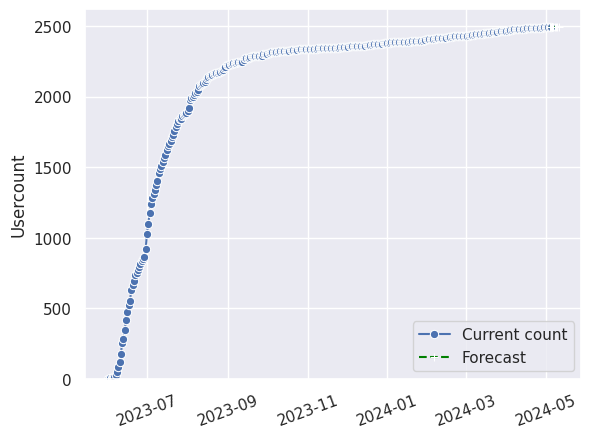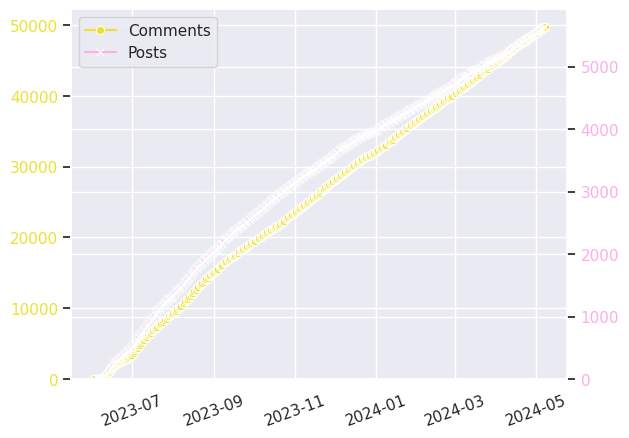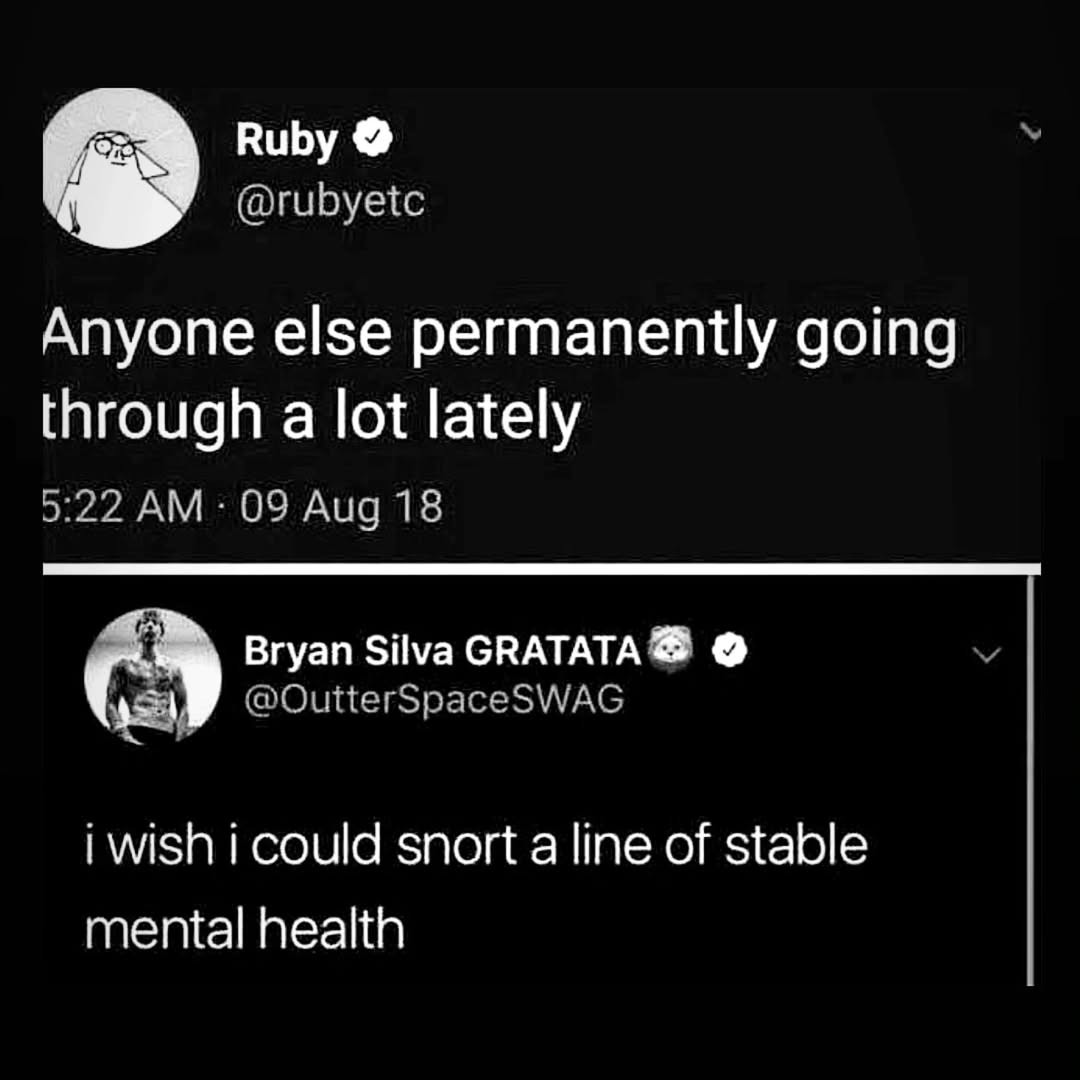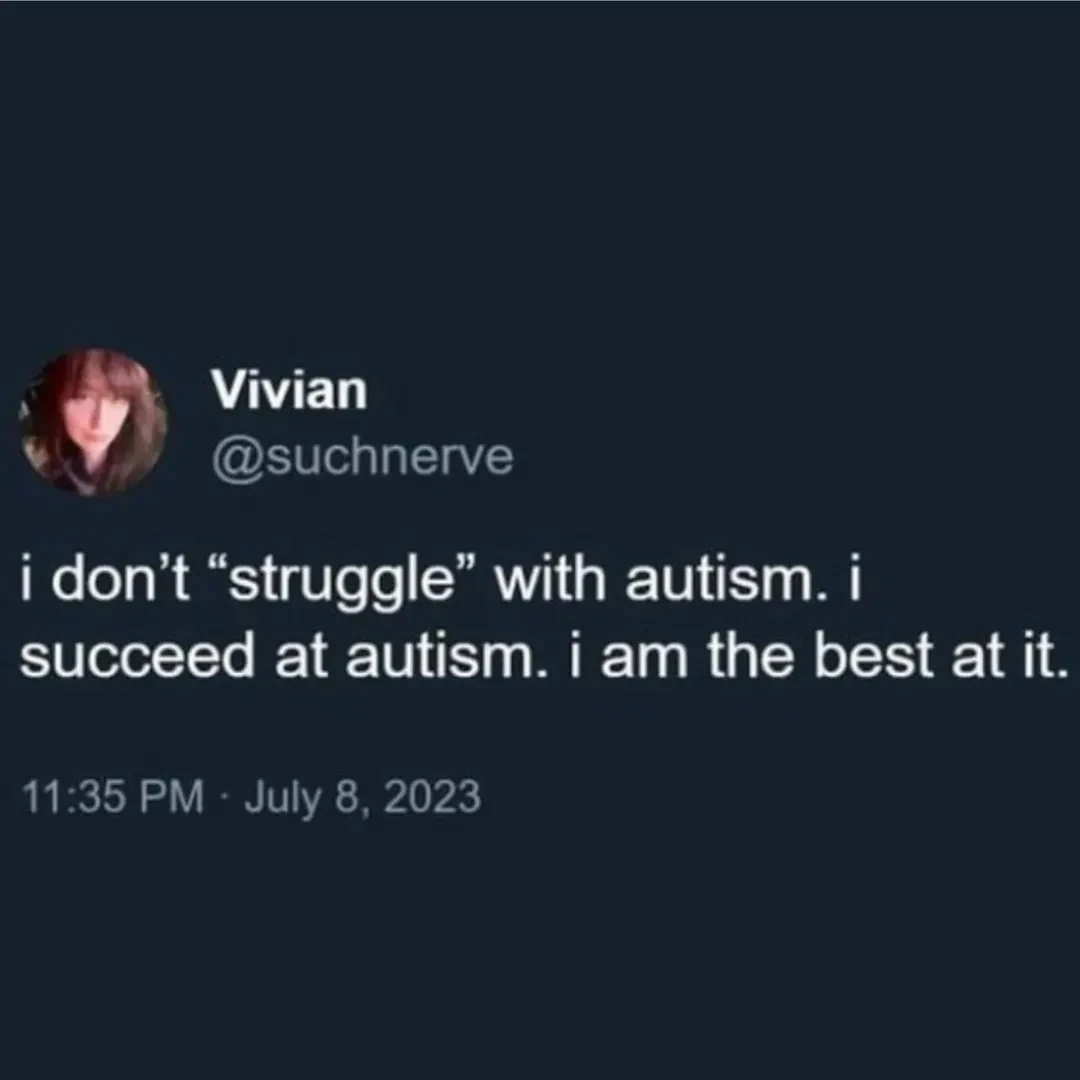This is an automated archive made by the Lemmit Bot.
The original was posted on /r/bestofredditorupdates by /u/Glum_Craft_4652 on 2025-07-06 17:54:05+00:00.
DO NOT COMMENT ON LINKED POSTS. I am NOT OP. Original post by u/randomndude01 in r/TrueOffMyChest
trigger warnings: Infidelity,Sex tape,cybercrime, Involuntary Pornography
mood spoilers: Sad but Hopeful for OP
I found my girlfriend of 8 years' cheating sex tape. Her family, close friends, and cybercrime police are involved. I'm fucking numb - 6th February 2024
TL/DR: Nn acquaintance contacts me through a close friend and shows me a video of her infidelity he found on a porn site. I confront her about it and she goes into a mental breakdown. She didn't consent being videoed and they tell the police about it. Her family, parents and older sister, are handling that. She's still an emotional wreck and needs me to handle her anxiety and depressive episodes. I want to end the relationship I but help her anyways until I'm sure she won't do anything drastic.
Almost 3 weeks ago a good friend of mine, Alex and an acquaintance, Mike, got hold of a video of my girlfriend, Jaime, fucking another man. Mike found this browsing through porn sites with "niche" themes and by chance, recognized Jaime. Got into contact with Alex about it where both of them told me about the infidelity.
When Alex & Mike told me of the infidelity, I went somewhere between shock and numb. I couldn't really say anything until I saw the video where I proceeded to puke my guts out. I couldn't even sit through a minute of it. The fact that it was edited to go straight into the action with Jaime's face clearly visible didn't help.
We drove Mike home and Alex had good sense to force me to spend the night at his place rather than go home where I share an apartment with Jaime with no idea how that would end. We shared some beers mostly in silence. Alex did try to make me open up on what I felt about Jaime's infidelity, but I was just numb, I didn't know what I felt and told him so. I felt like wading through water with no thought in mind other than what was in front of me. Alex didn't force any more and I passed out some time later. When I woke up, I recovered enough sense to realize that our relationship was most likely over.
I go straight home through public transport, most likely brooding and/or looking pissed. I wonder what the other passengers thought when they saw me looking like shit while trying to emulate batman.
I get home and catch her getting ready to go out, asked me where I was and why I didn't contact her. I don't bother answering and just told her we needed to talk. We sit down facing each other on our kitchen table that we built from scratch in my grandfather's farm and that random thought pretty much broke the dam. A lot of stuff happened, a lot of harsh words was said, accusations, and blame.
Too many details to describe but essentially, I immediately broke down in tears and asked her how the fuck she could ruin this relationship we worked so hard on, she's confused and wanted an explanation, I drop the bomb and show the video. She cries, begs for forgiveness, but I hear nothing. More crying and cursing until I tell her that we're over. That was it and she just... shuts off? She slumped down and closed her eyes, still crying, but says nothing. This gets me out of anger and I try to figure out what she's doing. Talking to her, hard & gentle prodding, nothing. Absolutely unresponsive so I just drag her to our bed and lay her there. I go back to our kitchen and call her parents, Alice and Julio. I simply told them they needed to come and that their daughter is suffering a mental breakdown. I say nothing more than just telling them that they needed to see us and that what was happening needed to be face to face to explain.
I shut my phone off, go back to kitchen and think about what the hell just happened.
Her parents rushed to our apartment demanding WTF happened. I don't tell them about Jaime's infidelity but just say she needed mental help, she's on the bed acting comatose but otherwise, ok. They couldn't bring her out of it and eventually I had to explain. I didn't want to do it without Jaime being able to explain herself. I showed them the video and they're heartbroken, told them we had an argument, I didn't hurt her, but she probably couldn't handle the stress and broke down. They decide to bring Jaime to her university's mental health clinic. I decide not to go with them.
The next day, Jaime eventually "wakes" up. She's stable and responsive. There, she says that the video was not consented. Her family decide to report this to cybercrime police. Jaime's family don't grill her with her mental state being the way it is, but her parents are obviously ashamed and aren't sure what to do other than what the psychologist recommends, which is to let Jaime rest for a while and support her until they're sure she doesn't implode then was sent home to her parents. This was all relayed to me by her older sister, Jackie, who's trying to be the mediator. She asked me if I really was going to end the relationship. I respond that I'm not sure if we can even salvage it.
2 days later, Jaime's parents ask me to visit them for a talk. I agree and go the next day.
Jaime's parents, and her older sister are present. We go to their living room and sit down. They looked sad and tired and I felt the same. Jaime will be the last topic of our talk. First is me. They wanted my parents to be involved. I feel disrespected as we're already adults + me and my father are tense but I relent as I'm already tired and a bit out of my depth. Marriage was in discussion in the past after all.
Finally, we talk about Jaime. She's stuck in her room, miserable and ashamed, otherwise, ok. She'll stay with her parents for now, when she's needed by the police she can stay with Jackie in a hotel. They understand that I needed space. They've submitted a report to our city's (They live 1-2 hours away in the suburbs) cybercrime office. I'm needed for the investigation. I explained that I wasn't the one who found the video, but I'll try to get Mike involved. They apologize for Jaime, but I tell them she's the one who needed to apologize and that they shouldn't baby her. They agree but begged me not to argue right now since Jaime may "relapse".
They explain her psychologist' assessment.
Spontaneous nervous breakdown, no history of mental illness, concluded to be caused by accumulated stress from her studies and acute stress reaction from our argument. She needs rest in a safe environment. Psych almost called the police on me but they convinced them not to and with no physical trauma observed, gave up.
The discussion devolved to apologizing, tears from Alice especially, and other noise. But they did want to take charge of everything. The investigation, Jaime's well being, her education and finances, etc.
I was kinda washed off of everything.
8 days later, Alice calls me in the middle of the night begging me to see Jaime.
Depressive episode, kitchen knife, locked in the bathroom yelling for me.
Worse hour of my life.
I'm pretty sure I almost died twice on the road and glad that my country isn't developed enough for highway cameras. I meet Alice and Jackie outside the house waiting for me. Jaime has mostly calmed and Julio's with her in her room. They beg me to go see her and with how bad the situation looked, I rushed to Jaime.
She's a fucking wreck, looked like her blood's been drained and hasn't slept for a while. She starts crying the moment she sees me and reaches out her arms. Whatever anger, exhaustion, and anxiety melted away and I embrace her. She kept apologizing and begging for me to stay. I shush her and hold her tight.
She eventually goes to sleep and I take a moment to think about what's happening.
I genuinely felt heartbroken seeing her like this. This is not how I thought where we'll be together in the future, much less this Christmas. I am losing my best friend and would've been partner for life. This was the person who helped me through my depression when even my own family dismissed it, she's even the one who made me make journals to help process what I go through.
It's actually ironic how she's the reason how good I can write down details on her affair and how bad it affected me.
She's not evil. She's a beautiful, patient, and overall wonderful human being. Thinking of all the stuff we've been through, what we've done for each other, if I were to list all of it would probably reach twice the word count for my post. I love her and was prepared to be with her for life and face everything that comes with it.
And she destroyed that.
I wake up before her and go to the kitchen for coffee. Jackie is there and explains that she's had episodes twice before and this was the worst yet. All of us except Jaime talk on what to do. Alice is in chemo for breast cancer, Julio runs a business 20 mins away, Jackie's workplace is already hounding her, and Jaime needs help.
The situation is fucked and everyone is exhausted. Jaime needs therapy, I implied mental institution and that almost got my head torn off, but no one can look after her 24/7. They ask me to reschedule the inevitable and try to help her. There were definitely some emotional manipulation but they are desperate. Due to my obvious lingering ...
Content cut off. Read original on https://old.reddit.com/r/BestofRedditorUpdates/comments/1lt7gj1/i_found_my_girlfriend_of_8_years_cheating_sex/










